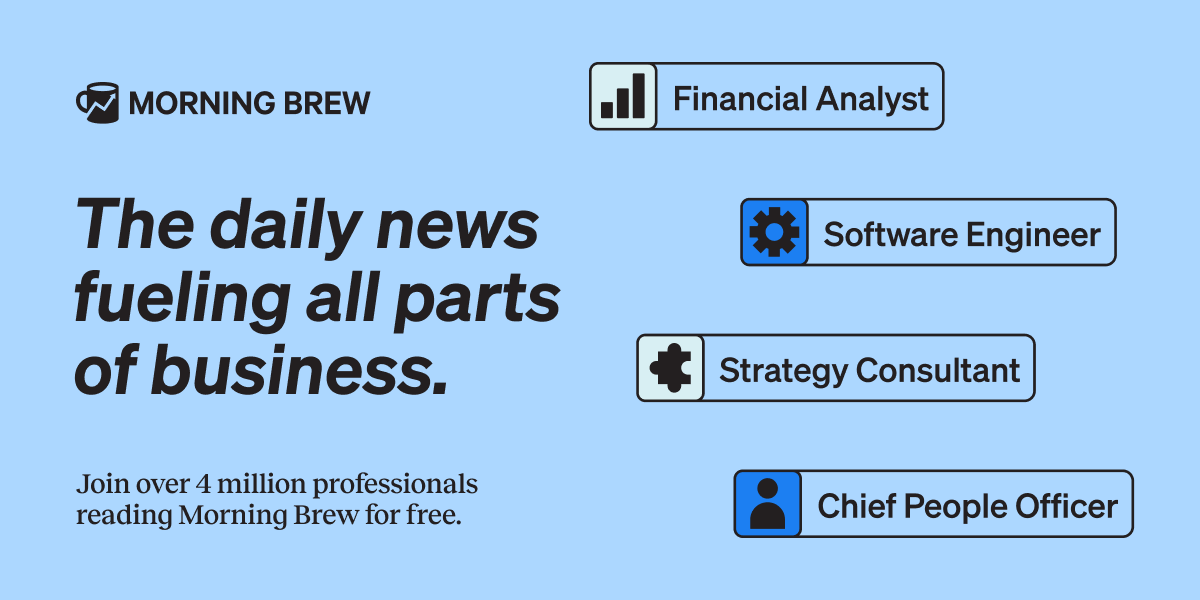- Sabine's Newsletter
- Posts
- Quantum Advantage, Technofossils, Millions of Qubits, Metalenses, and Spacetime Fluctuations
Quantum Advantage, Technofossils, Millions of Qubits, Metalenses, and Spacetime Fluctuations
This week’s science bits from SWTG

D-Wave Quantum Advantage Claim Faces Further Criticism

Image: D-Wave.
Last year, quantum computing firm D-Wave claimed to have achieved quantum advantage with a simulation on their quantum annealer. This system, which uses several thousand qubits, differs from the approaches used by Google or IBM in that it is not a universal quantum computer. It is a special-purpose machine, designed for a subclass of problems. The particular problem that they solved in this case is to calculate some properties of interacting atomic molecules. It has no direct practical applications.
Their claim that they had achieved a computation that would have taken millions of years on a supercomputer within seconds has now been published in Science. At the same time, the achievement has been criticized by other researchers who claim that the calculation could have been done on a conventional computer. D-wave maintains that while some aspects of the problem could be solved on a conventional computer, the quantum simulation is necessary to calculate the more complex situations.
Personally, I think it’d be surprising if D-Wave’s system did not have a quantum advantage for some types of simulations. Whether the simulations for which it has an advantage actually have practical use is another question entirely.
This week’s episode of Science News is about a tabletop experiment that could save physics. Physicists are stuck on trying to figure out why gravity and quantum mechanics don’t get along. For almost 100 years now, they have been looking for a theory of quantum gravity to solve the problem. But one of the most general expectations of a quantization of gravity is that space also has quantum fluctuations. And a team of researchers from Caltech now says they’ve got a tabletop experiment which could find those fluctuations. Could this solve the problem? Let’s take a look. This week’s video also comes with a quiz, which you can take here.
Speaking of quizzes, you can now create and share your own quizzes on QuizWithIt for free! Each quiz has a unique URL, can be embedded into websites or newsletter, and be shared on social media. Happy quizzing!
And The Most Confusing “Technofossil” Is…

What will future paleontologists make of the remains of our civilization? Two scientists from the University of Leicester, UK, have studied how present-day technologies are likely to fossilize. They say that one of the most durable and probably most confusing remains will be blades of wind turbines. While the towers are made of metals that can be recycled, the blades are made of materials like fibreglass and epoxy resin that are difficult to reuse yet fossilize easily. They have summarized their findings in a book. Press release here.
Partnered with Brian Keating
The Search For Truth In Physics
Join renowned experimental physicist and INTO THE IMPOSSIBLE host Professor Brian Keating for weekly deep dives into the biggest questions in science. From dark matter and quantum paradoxes to unique conversations about the hard questions, you’ll get a front-row seat to cutting-edge physics and cosmology delivered straight to your inbox.
Psi-Quantum Reportedly Producing Millions of Quantum Computing Chips

Pete Shadboldt, Chief Scientific Officer of the quantum computing firm PsiQuantum, said in an interview with Reuters that “right now” they are producing millions of chips for quantum computers. Two years ago, the company had already teamed up with the semiconductor producer GlobalFoundries, acquired factory grounds, and put forward a design plan for how to build a quantum computer with 1 million qubits – that is the approximate number at which quantum computers are expected to become commercially relevant.
PsiQuantum works with photons as quantum bits. The major challenge with this method is that the photons leak from the chips and one can’t calculate with what isn’t there. Personally, I am somewhat surprised that a company would start mass production before even having presented a single prototype, but maybe I’m old-fashioned.
The gold standard of business news
Morning Brew is transforming the way working professionals consume business news.
They skip the jargon and lengthy stories, and instead serve up the news impacting your life and career with a hint of wit and humor. This way, you’ll actually enjoy reading the news—and the information sticks.
Best part? Morning Brew’s newsletter is completely free. Sign up in just 10 seconds and if you realize that you prefer long, dense, and boring business news—you can always go back to it.
Check out the latest episode of my monthly podcast with Lawrence M. Krauss on Origins called “What's New in Science.” It’s an exciting segment on science in the news, what's hype, what's true, and what's interesting. The second episode is out now!

